Lentinellus micheneri
Scientific name: Lentinellus
micheneri (Berk. & M. A.
Curtis) Pegler
Derivation of name: Lentus means "pliable" and
"tenacious" as in chewy and ellus is the diminutive form.
Synonyms: Lentinellus omphalodes (Fr.) P. Karst.;
Lentinus omphalodes (Fr.) Fr.;
Common name(s): Stalked Lentinellus.
Phylum: Basidiomycota
Order: Russulales
Family: Auriscalpiaceae
Occurrence on wood substrate: Saprobic; solitary or in
small groups on deciduous or coniferous wood or on moss-
covered ground; August through November.
Dimensions: Caps 2.5-5 cm wide; stipes 0.5-5 cm long and
0.5-4 mm thick.
Cap: Smooth; pinkish to brownish, darkening brown;
developing a depressed center in age.
Gills: Attached to decurrent; edges toothed and torn;
whitish to tinged
pinkish-brown.
Spore print: Buff.
Stipe: Brownish overall; central to off-center; dry, smooth,
and ridged.
Veil: Absent.
Comments: There are a number of other Lentinellus
species (e.g., Figure 7 shows Lentinellus cochleatus).
My
keys include only two of the more common and
conspicuous species: Lentinellus micheneri and
Lentinellus ursinus. The presence of amyloid spores
distinguishes Lentinellus
from the genus Lentinus.
More information at MushroomExpert.com:
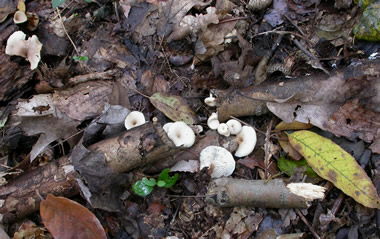
Figure 1. A grouping of Lentinellus micheneri specimens
growing on fallen dead branches and woody debris of
deciduous trees. Photo © Gary Emberger.
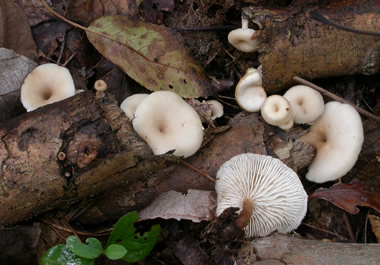
Figure 2. A closer view of the specimens in Figure 1. Photo ©
Gary Emberger.
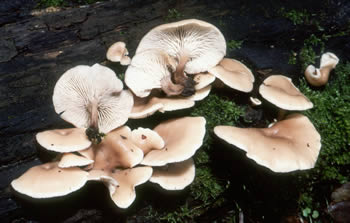
Figure 3.
The stipes are nearly central.
Photo © William Roody.
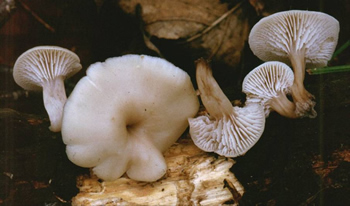
Figure 4. Note the navel-like depression in the center
of the cap. Photo © Steve Nelsen.
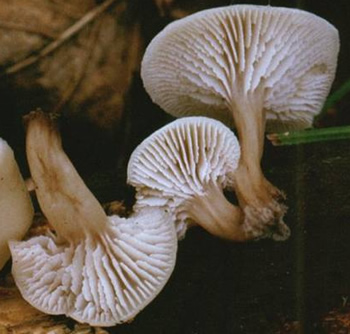
Figure 5. The gills have serrated edges typical
of
the
Lentinellus genus. Photo © Steve Nelsen.
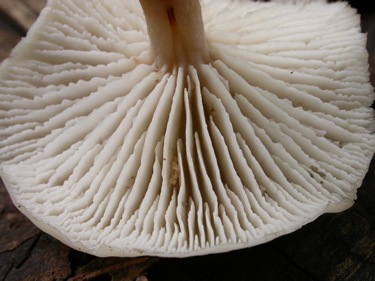
Figure 6. Note the variation in gill attachment. The gills are
somewhat decurrent in the specimen in Figure 5 but
not so much in this specimen. Photo © Gary Emberger.
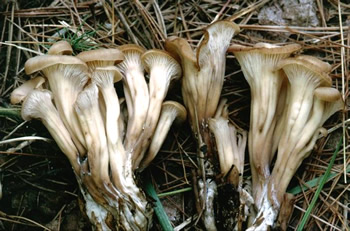
Figure 7. This photograph of Lentinellus cochleatus
shows
the clustered growth habit of this species with
several caps
arising
from stalks fused at their bases - a
trait not shared by
L. micheneri. In
several other
respects, though, Lentinellus cochleatus resembles
L.
micheneri.
Photo © Steve Nelsen.